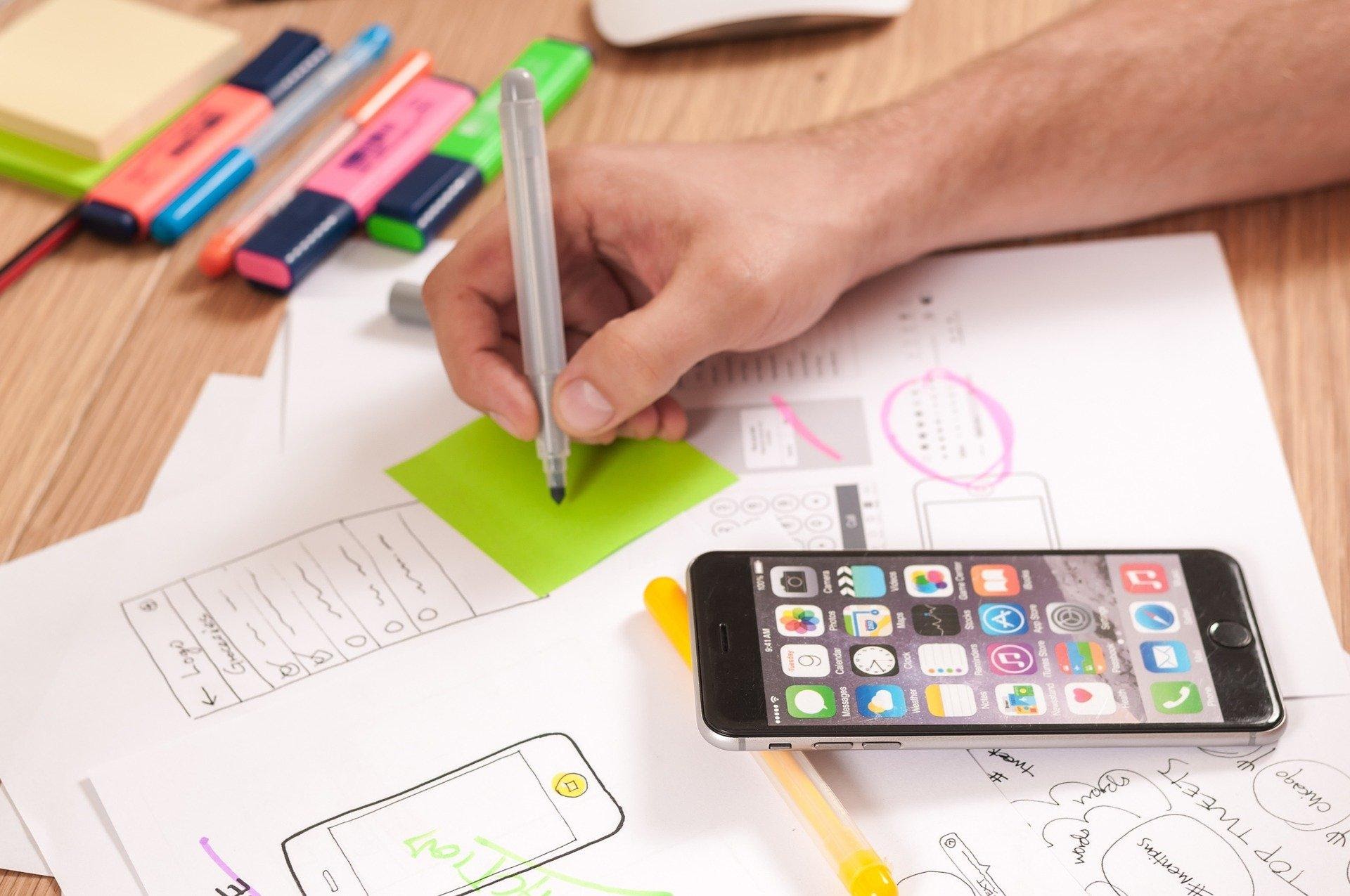Google Play store hosts around 3.54 million Android apps according to Statista – which makes it the leading mobile market as compared to iOS and other operating systems. Because of the large user base, lower acquisition cost, and higher retention rates, businesses are paying immense attention to Android app development.
Because the need for Android programming is growing, developers are practicing agile methodologies to make the overall development process more efficient, convenient and cost-effective. Here is a 5 step process a typical Android app development company follows:
Plan
This is the strategy phase. During this stage, the appreneur, development team and business analysts evaluate the app idea, weigh potential monetization strategies, research the target market, assess the competitors’ performance metrics and decide a technology stack.
Clients and development companies together create formal documents like business plan, project scope, payment structures, stack of services and contracts before they start with technical development processes.
Market research and project scoping can take around 1-3 months depending on the complexity and uniqueness of the app idea.
Design
Design stage has three main steps: mapping user journey, wireframing and prototyping.
Designers and developers together come up with a structure of movement for a user within the app. Then, one feature is associated with each primary objective the app will fulfil. Once the designers have the initial concept of how the app will perform, they design screens for the app – these initial diagrams called wireframes can be as basic as pen sketches, or can be complex depending on the project scope.
After wireframing, designers create a working visual of the application called the prototype. Some appreneurs apply for seed funding and look for investors to sponsor the app development. This prototype comes in handy during presentations.
Wireframes and prototypes are created on professional designing tools like Adobe XD. Once the UI and UX are approved by the client, developers can begin with technical development. Design can take around 1-2 months depending on the skillset of the designers and the client’s approval.
Develop
Developers make use of the earlier decided technology stack which comprises programming languages and database. For Android app development, developers use either of Java or Kotlin. For database, the preferred choices are SQLite and RealmDB.
As part of agile development methodology, many Android app development agencies now create an MVP first, then test it, improve it and add updates. MVP – Minimum Viable Product is an initial version of an app that has essential features to support the core functionality.
The technical development process is divided in three layers:
Front-end development
This is the top layer of a mobile app, also called the client side or user side. This is what the app users find on the screen, interact with, input their data and take actions. This reflects exactly the prototype.
Back-end development
This is the server-side of the mobile app. this layer powers the technical specifications and features of the mobile app. whatever data is fed or requested is programmed in the back-end.
API development
This is the intermediate layer between front-end and back-end. Because this is the middle tier, it establishes communication between two layers and helps exchange data, return queries and ensures smooth functioning of the app.
Technical development with all three layers can typically take 3-6 months for basic apps, 6-12 months for mid-level complexity and more than 15 months for advanced apps.
Test
After the technical coding, app is passed to Quality Assurance department for several testing procedures. During this stage, an app is tested for
- User acceptance
- Performance
- Functionality and responsiveness of each feature
- User journey within the app
- Bugs and viruses
- Data security, retention and response
Control groups, actual users and QA testers identify the errors in the app and developers improve the technical infrastructure on the basis of gathered feedback.
Deploy
After technical development, testing and quality assurance, it’s time to launch the app for users. Android apps are hosted on Google Play store, so appreneurs need a developer’s account to submit the app for approval. This account costs $25.
Google’s bots check the submitted apps for accuracy of information, category, bugs, discrepancies in performance. This approval can take any time between 36 business hours to 3 months. Most appreneurs start marketing their app during the review time.
Wrapping Up
Overall Android app development can cost between 30,000 USD to 150,000 USD or more depending on the complexity of the features. While technically these 5 steps complete the app development process, but maintenance, support and updates are another important step important to maintain the health and performance of a mobile application.
